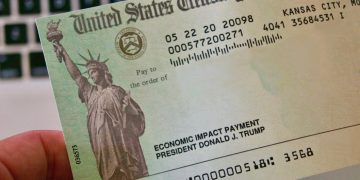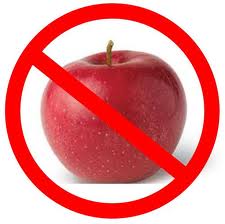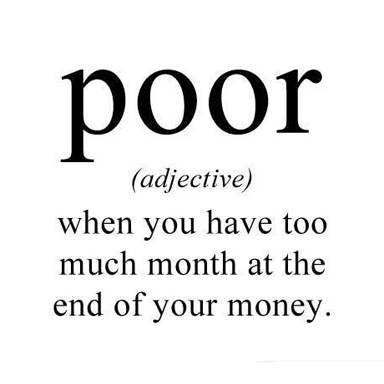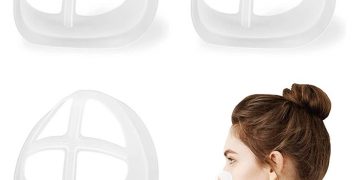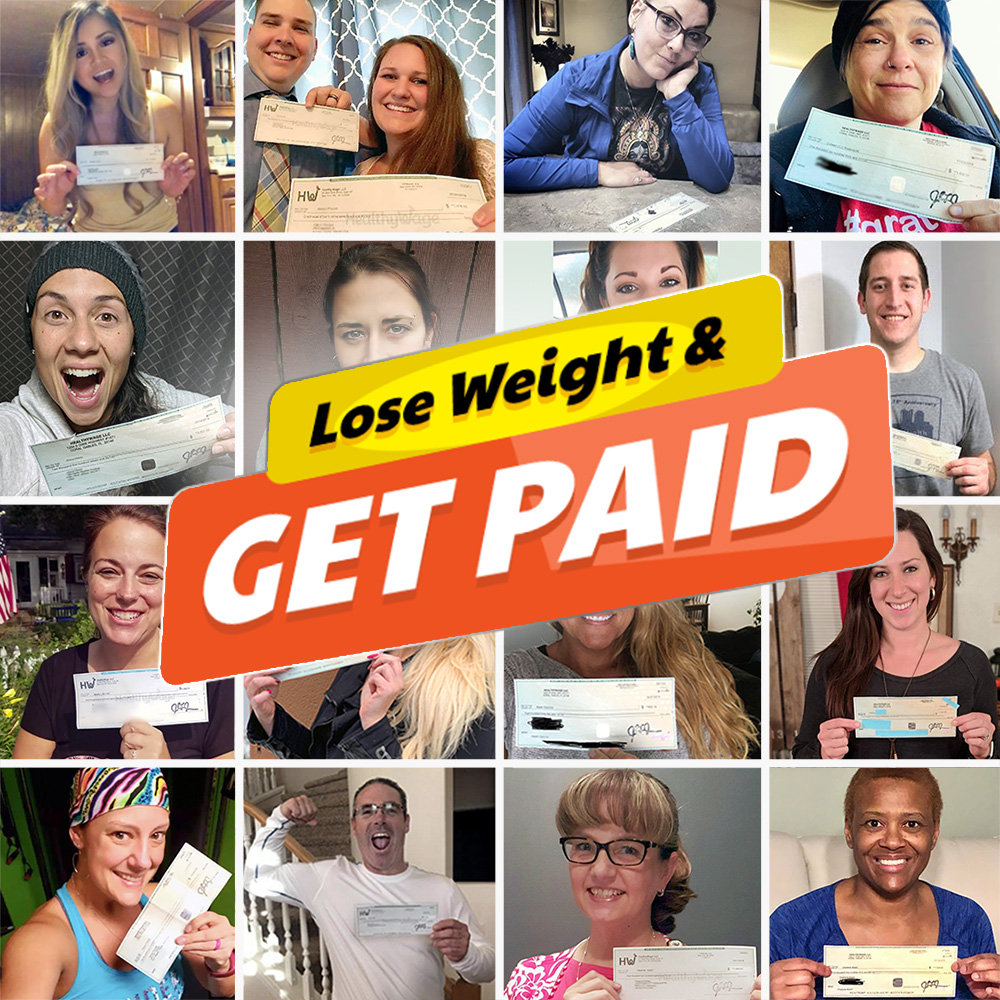The American public is interested in eating better quality foods. The proliferation of “organic” foods and the success of specialty supermarkets dedicated to foods considered “healthy” have made success stories of Whole Foods and Trader Joe’s. The problem is that everyone is looking to cash in on food labels and terms that make food appear to be healthier than they are, in order to justify higher prices and to entice you into picking up that item instead of a competing brand.
When I worked in the food industry, I got to hear a lot of the industry terms and jargon that essentially mean absolutely nothing, but they’re designed to help you make a healthy connection when reading the words on a food package. Here are a few of the most popular food label repeat offenders:

- “Free Range”, “Cage Free”
These terms usually apply to chickens, and that’s where the regulations focus. It’s nice that your chickens might be allowed access to a grassy area, but the plot of grassy land can be teeny, tiny, and the chickens might never actually set foot on that area. They may still live their lives in crowded, indoor lots, eating the same genetically modified feed that you’re afraid off. When it comes to larger livestock, there is no regulation for that term. So, your cage free pigs might still be rammed together in a pen and lead their entire lives without really stepping foot outside. - “Contains Whole Grains”, “Made With Whole Grains”
This is true, they might have been made with whole grains, but the question is, how much? What if the product is made from 99% refined grains and 1% whole grains? Do you see where I’m getting at? To make sure that you’re getting mostly whole grains, look for it as the first item on the ingredient list. While we’re at it, “multigrain” doesn’t mean that it’s healthier for you either. Those grains can be refined to within an inch of shelf-life as well. - “Real”
As opposed to what? Fake? You can say that something has real “flavor” but it might not have a drop of the actual item in it. So your bouillon cube made with real chicken flavor qualifies for this label as well. - “Made from Real Juice”, “Contains Real Juice”
It’s not so much that this is misleading, it’s just how much juice is included in the product. If you look closely, there is usually between 5% to 10% real juice. The balance is usually made of sugars and syrups and/or dyes. The most frequently used juice in many products are pear and apple juice. They’re cheap to make and pretty sweet on their own. So, when you reach for the gummy bears just because it says that it contains “real juice” it isn’t necessarily more healthful than they regular ones for $0.99. - “Gluten Free”
This has got to be one of my most favorite food terms right now. I don’t know how, but gluten has somehow earned this title of being the villain in the weight loss industry. To be sure, there are people who just simply can not digest gluten and they have a known disorder called Celiac Disease. Food marketers have capitalized on this to use the “gluten free” title in foods that clearly never have gluten just to boost sales. How about eggs labeled gluten free? Or water? Come on. - “Natural”, “All Natural”, “100% Natural”
Unless it’s meat, this essentially means nothing. This one is designed to make you think “organic” when they products are not. The FDA only regulates this term when it comes to MEAT, and honestly, what meat do you know of that isn’t natural? Test tube animals that have been “genetically modified” are still “natural”. As long as your meat doesn’t contain artificial substances it’s good. Your potato flakes? Those are also derived from natural ingredients too, so it can contain that “natural” label. We are led to thinking that “natural” means minimally processed, but most foods that you purchase have been processed somehow. They are just made from “natural” ingredients.
I have to say that you should not think of all food labels as misleading. The Food and Drug Administration does do a reasonably decent job of defining most terms used on packages. But, be aware that manufacturers are always trying to come up with a new term that will conjure ideas of looking like Heidi Klum and feeling as healthy as an Olympian, if only you’d buy it.


